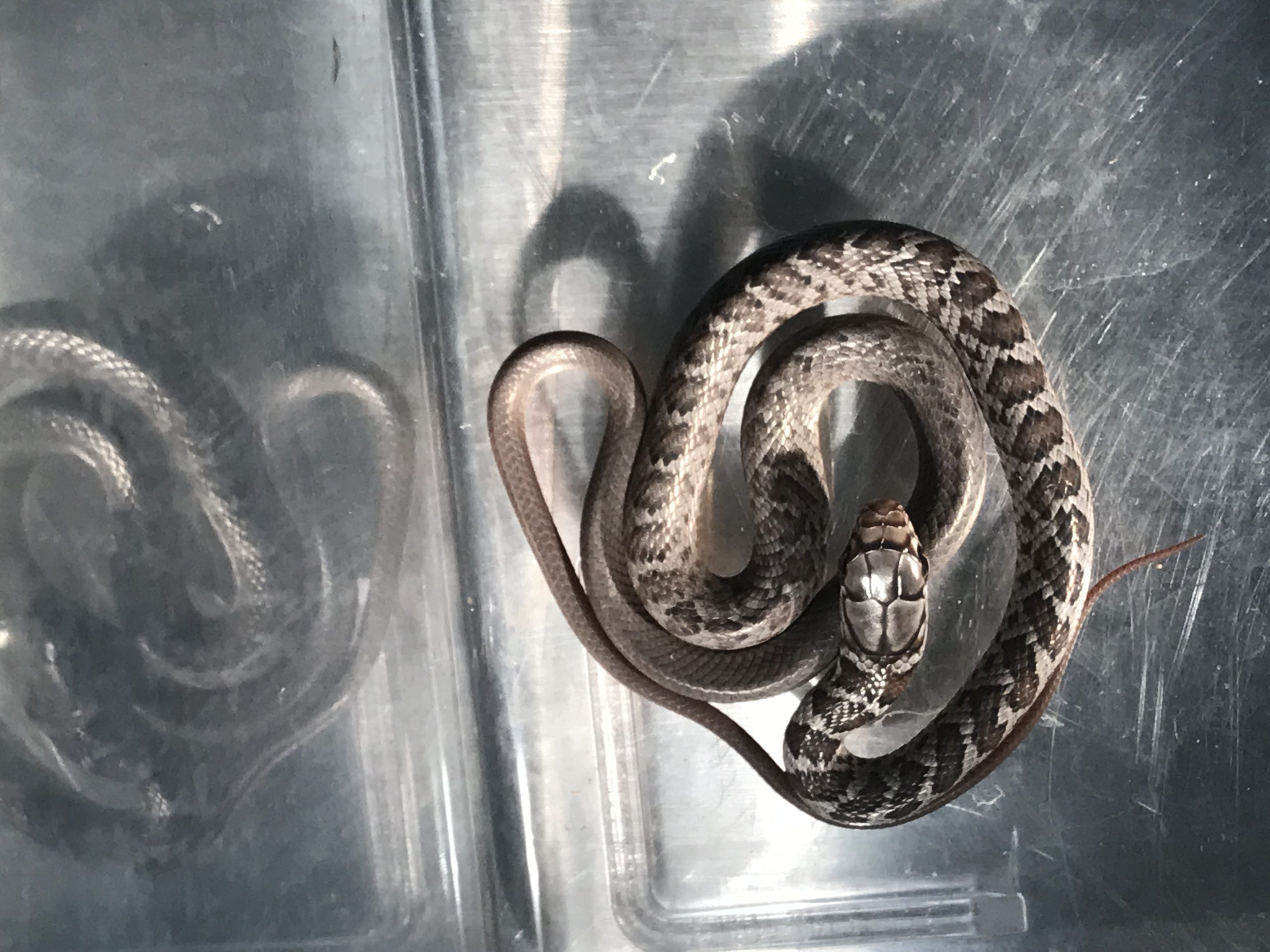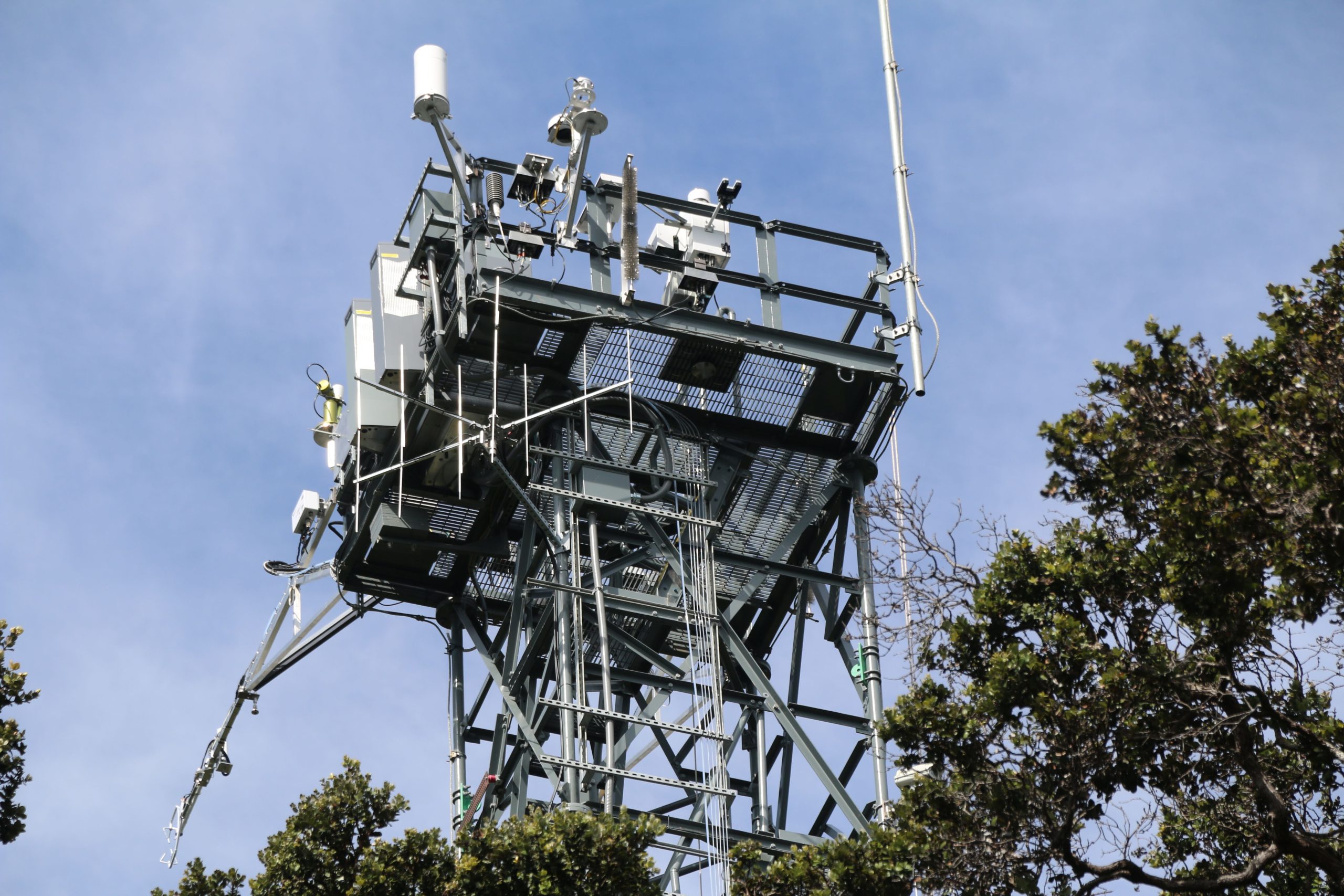DEPARTMENT OF LAND AND NATURAL RESOURCES News Release DAVID Y. IGE GOVERNOR SUZANNE D. CASE CHAIRPERSON For Immediate News Release: June 12, 2019 SNAKE HITCHHIKES TO MAUI IN BACKPACK HONOLULU ...
Read More 06/12/19 – SNAKE HITCHHIKES TO MAUI IN BACKPACK
Forestry & Wildlife
(Līhuʻe, Kaua’i) - The breeding season for some of Kaua’i’s rarest forest birds is well underway and this year protection efforts by the Kauaʻi Forest Bird Recovery Project (KFBRP) will get a boost from a grant by Club 300. The Swedish organization pledged $5000 to help KFBRP deal with invasive mosquito and plant species in the Alakaʻi Plateau. Non-native plants such as ginger, create areas of standing water where mosquitos can breed. Those introduced mosquitos carry avian malaria which can be fatal for native birds.
(Līhuʻe) - Deer hunting enthusiasts can now apply to hunt as the Department of Land and Natural Resources (DLNR), Division of Forestry and Wildlife (DOFAW) announce the opening of the black-tailed deer hunting season on the island of Kaua‘i. Rules and conditions regulating game mammal hunting in Title 13, Chapter 123 will be in effect.
(Honolulu) — Effective June 15, 2019, the Department of Land and Natural Resources Division of Forestry and Wildlife (DOFAW) district and administrative offices will begin issuing hunting licenses and stamps for the new hunting season (July 1, 2019 through June 30, 2020). A valid hunting license is required for hunting on public and private lands. All game mammal hunting is regulated by Hawaii Administrative Rules Title 13, Chapter 123 and all game bird hunting is regulated by Hawaii Administrative Rules Title 13, Chapter 122.

06/04/19-CATERPILLAR OF RECENTLY INTRODUCED MOTH ON MAUI THREATENS RARE NATIVE PLANTS AND WATERSHEDS
(Lahaina) – When a biologist who was looking for native snails noticed signs of caterpillars feeding on māmaki in Olowalu, he came across a new invasive species. It was a kind of caterpillar he had never seen before; the Arcte coerula (Ramie moth).
(Hilo) – This week top scientists and managers engaged in the fight against Rapid ʻŌhiʻa Death shared knowledge, their latest research findings, and discussed next steps in battling the fungal disease that has killed millions of ʻōhiʻa trees, primarily on Hawai‘i Island, but also on a much more limited scale on Kaua‘i.
(Honolulu) – On a typical misty morning at the University of Hawai‘i’s Lyon Arboretum in the Manoa Valley, Dr. William Haines dips a net into a small pond. Months prior, staff here drained the pond to remove invasive fish, then refilled it and stocked it with aquatic plants. A researcher with the DLNR Division of Forestry and Wildlife’s (DOFAW) Hawai‘i Invertebrate Program, Haines is now removing predatory dragonflies from the water before he introduces one of their cousins to the pond.
(Maunakea, Hawai‘i) –On Sunday and Monday a half-dozen Palila, hatched and raised at the San Diego Zoo Global’s (SDZG) Keauhou Bird Conservation Center, flew in the open air for the first time in their lives. Palila, a distant relative of finches are the last surviving members of sixteen species of finch-billed, seed-eating birds in the main Hawaiian Islands. They were once found on Kaua‘i and O‘ahu, but are now found only high on the slopes of Mauna Kea.
(Pu‘u Maka‘ala Natural Area Reserve) – Towering above the highest trees in this Hawai‘i Island Natural Area Reserve, a 105-foot-high meteorological tower, with millions of dollars of high-tech sensing equipment attached to it, is the final component of the National Ecological Observatory Network or NEON.
(Wailua Loop Road, Kaua‘i) – Until a week ago, the Keahua Bridge, better known as the Wailua Loop Road Bridge, had its concrete dividers and walk-way covered in graffiti. The bridge is a popular stop for sightseers, hikers, swimmers and stream-waders. The DLNR Division of Forestry and Wildlife (DOFAW) staff on Kaua‘i contacted the art program at Kapa‘a High School to propose a way to combat the vandalism and beautify the bridge structures, which are only a few years old.





